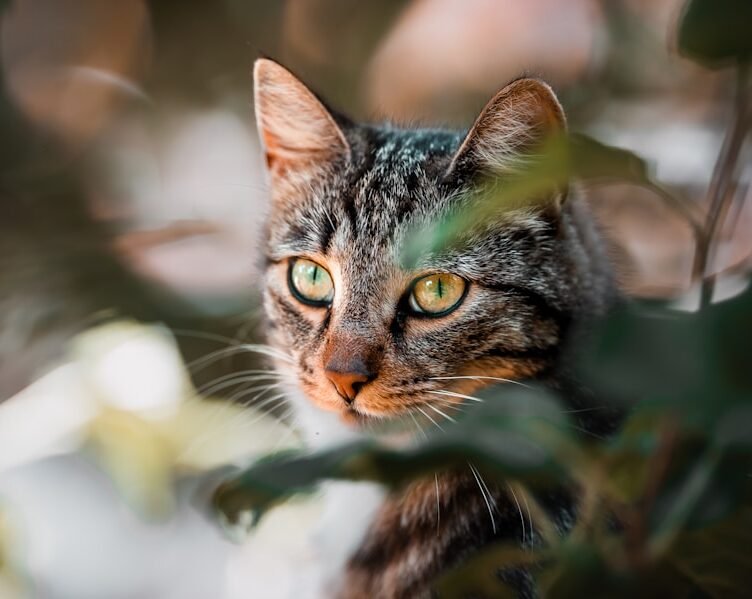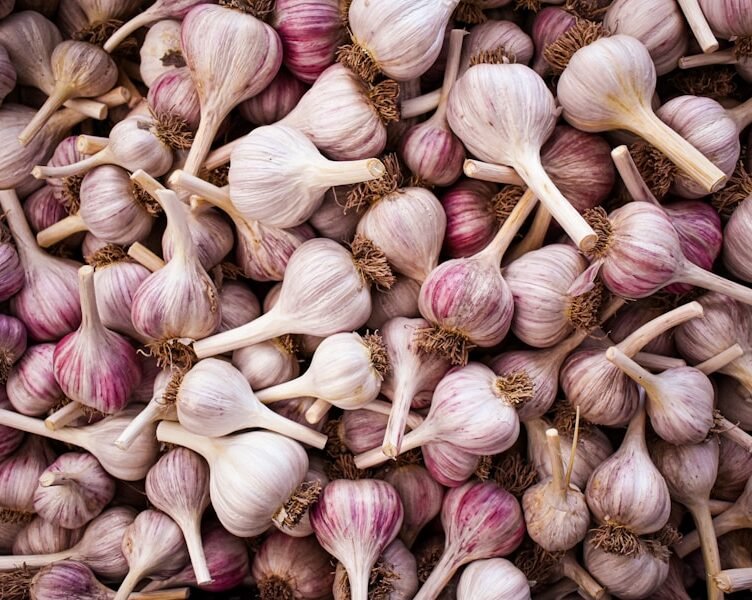As a responsible pet owner, it is vital to recognize the significance of selecting pet-safe plants for your home. Many common household plants can be toxic to pets if ingested, leading to a range of symptoms that vary from mild gastrointestinal upset to severe reactions. It is crucial to be aware of these potential dangers and take necessary precautions to ensure your pets’ safety from harmful plants.
By opting for pet-safe plants, you can create a healthy and aesthetically pleasing environment that benefits both your pets and family members. In addition to mitigating health risks, having pet-safe plants in your home can also provide mental and emotional benefits for both you and your pets. Scientific studies have demonstrated that indoor plants can reduce stress and anxiety, improve air quality, and create a calming ambiance.
By choosing pet-safe plants, you can reap the benefits of having greenery in your home without compromising your pets’ safety. It is essential to conduct thorough research and select plants that are non-toxic to pets, thereby creating a safe and harmonious environment for all household members.
Key Takeaways
- Understanding the importance of pet-safe plants is crucial for pet owners to ensure the safety and well-being of their furry friends.
- The top 10 pet-safe plants for your home include options such as spider plants, Boston ferns, and African violets that are non-toxic to pets.
- Creating a pet-friendly garden involves selecting pet-safe plants, providing designated areas for pets, and using natural deterrents to keep pets away from harmful plants.
- Tips for keeping your pets safe around plants include keeping toxic plants out of reach, training pets to avoid plants, and regularly inspecting the home and garden for potential hazards.
- Common toxic plants to avoid include lilies, aloe vera, and philodendron, which can cause harm to pets if ingested.
Top 10 Pet-Safe Plants for Your Home
Popular Pet-Friendly Options
When it comes to selecting pet-safe plants for your home, there are many options to consider. Some popular choices for pet-friendly plants include spider plants, Boston ferns, African violets, and bamboo palms. These plants are non-toxic to pets and can add beauty and greenery to your home without posing a risk to your furry friends.
Low-Maintenance Options
Other pet-safe options include air plants, Christmas cactus, and hens and chicks succulents. These plants are not only safe for pets but also easy to care for, making them a great choice for busy pet owners. If you are looking for larger plants to add to your home, consider options like the Areca palm, the money tree, or the parlor palm.
Important Considerations
When choosing pet-safe plants, it is important to consider the specific needs of your pets and the conditions in your home. Some pets may be more prone to chewing on plants, so it is important to choose options that are safe even if ingested.
Creating a Pet-Friendly Environment
By selecting the right pet-safe plants for your home, you can create a beautiful and healthy environment for both you and your pets.
How to Create a Pet-Friendly Garden
If you have a garden or outdoor space, you may be wondering how to create a pet-friendly environment that is safe for your furry friends. When planning your garden, it is important to consider the specific needs of your pets and choose plants that are non-toxic and safe for them to be around. Some popular pet-friendly garden options include catnip, cat grass, and catmint for feline friends, as well as sunflowers, marigolds, and snapdragons for dogs.
These plants are not only safe for pets but can also provide enrichment and stimulation for them as they explore the outdoor space. In addition to choosing pet-safe plants, it is important to consider other factors that can affect the safety of your pets in the garden. This includes avoiding the use of pesticides and chemicals that can be harmful to pets, as well as creating designated areas for pets to play and explore.
By creating a pet-friendly garden, you can provide a safe and enjoyable outdoor space for your pets to enjoy while also adding beauty and greenery to your home.
Tips for Keeping Your Pets Safe Around Plants
| Plant Name | Pet Safety Rating | Care Difficulty | Indoor/Outdoor |
|---|---|---|---|
| Spider Plant | Safe | Easy | Indoor |
| Boston Fern | Safe | Moderate | Indoor/Outdoor |
| African Violet | Safe | Easy | Indoor |
| Areca Palm | Safe | Moderate | Indoor |
| Bamboo Palm | Safe | Easy | Indoor |
While choosing pet-safe plants is an important step in keeping your pets safe, there are also other measures you can take to ensure their well-being around plants. One tip is to keep toxic plants out of reach of pets by placing them on high shelves or in hanging planters. This can help prevent pets from accidentally ingesting harmful plants and reduce the risk of poisoning.
Another tip is to provide alternative options for pets to chew on, such as cat grass or chew toys for dogs, to discourage them from nibbling on plants. It is also important to be aware of any potential hazards in the garden, such as sharp thorns or toxic berries, that could pose a risk to pets. By being mindful of these potential dangers and taking steps to mitigate them, you can create a safe and enjoyable environment for your pets to explore.
Additionally, it is important to monitor your pets when they are around plants and seek veterinary care immediately if you suspect they have ingested something harmful. By following these tips, you can help keep your pets safe around plants and create a healthy and harmonious environment for everyone in your home.
Common Toxic Plants to Avoid
While there are many pet-safe plant options available, it is important to be aware of common toxic plants that should be avoided if you have pets in your home. Some popular houseplants that are toxic to pets include lilies, philodendron, pothos, and peace lilies. These plants can cause symptoms such as vomiting, diarrhea, and even more severe reactions if ingested by pets.
It is important to research any new plants before bringing them into your home and ensure that they are safe for your pets. In addition to houseplants, there are also many outdoor plants that can be toxic to pets if ingested. Some common examples include azaleas, daffodils, tulips, and oleander.
These plants can cause a range of symptoms in pets, from mild stomach upset to more severe reactions that require immediate veterinary care. By being aware of these common toxic plants and avoiding them in your home and garden, you can help keep your pets safe from potential harm.
Benefits of Having Pet-Safe Plants in Your Home
Improved Air Quality and Health
Not only do pet-safe plants add beauty and greenery to your home, but they can also improve air quality by removing toxins and adding oxygen to the environment. This can create a healthier living space for both you and your pets, reducing the risk of respiratory issues and other health problems.
Mental and Emotional Benefits
In addition, having pet-safe plants in the home can provide mental and emotional benefits by reducing stress and anxiety and creating a calming atmosphere. This can lead to a more relaxed and peaceful living environment for both you and your pets.
Enrichment and Stimulation for Pets
Another benefit of having pet-safe plants in your home is the opportunity for enrichment and stimulation for your pets. Many pet-safe plants can provide sensory stimulation for pets as they explore and interact with the greenery. For example, cat grass can provide a natural source of fiber for cats while also encouraging them to engage in natural behaviors like chewing and playing. By providing pet-safe plants in your home, you can create a stimulating environment that promotes physical and mental well-being for your furry friends.
Creating a Safe and Beautiful Environment for Your Pets
By choosing pet-safe plants for your home and garden, you can create a safe and beautiful environment for your pets to enjoy. Whether you have cats, dogs, birds, or other small animals, there are many options available for pet-friendly greenery that can add beauty and enrichment to your home. By being mindful of potential hazards and taking steps to ensure the safety of your pets around plants, you can create a harmonious living space that benefits both you and your furry friends.
In addition to choosing pet-safe plants, it is important to provide other elements that contribute to a safe and enriching environment for pets. This includes providing plenty of opportunities for exercise and mental stimulation, as well as creating designated areas for pets to rest and relax. By considering the specific needs of your pets and creating a space that is tailored to their well-being, you can create a safe and beautiful environment that enhances the bond between you and your furry friends.
With careful consideration and planning, you can create a pet-safe plant paradise that provides beauty, enrichment, and safety for everyone in your household.
FAQs
What are some pet-safe plants that I can have in my home?
Some pet-safe plants that you can have in your home include spider plants, Boston ferns, African violets, and air plants. These plants are non-toxic to cats and dogs and are safe to have around your pets.
How can I create a pet-safe plant paradise in my home?
To create a pet-safe plant paradise in your home, you can start by researching and selecting non-toxic plants that are safe for your pets. You can also consider placing plants in hanging baskets or on high shelves to keep them out of reach of curious pets. Additionally, you can create designated pet-free zones for certain plants if needed.
What are some common toxic plants that I should avoid having in my home?
Some common toxic plants that you should avoid having in your home if you have pets include lilies, aloe vera, jade plants, and philodendrons. These plants can be harmful to cats and dogs if ingested.
How can I ensure that my pet’s environment is safe with plants around?
To ensure that your pet’s environment is safe with plants around, you can regularly inspect your plants for any signs of damage or wilting. You can also place deterrents such as bitter sprays or natural barriers around plants to discourage pets from nibbling on them. Additionally, it’s important to be aware of any potential toxic plants and keep them out of reach of your pets.






